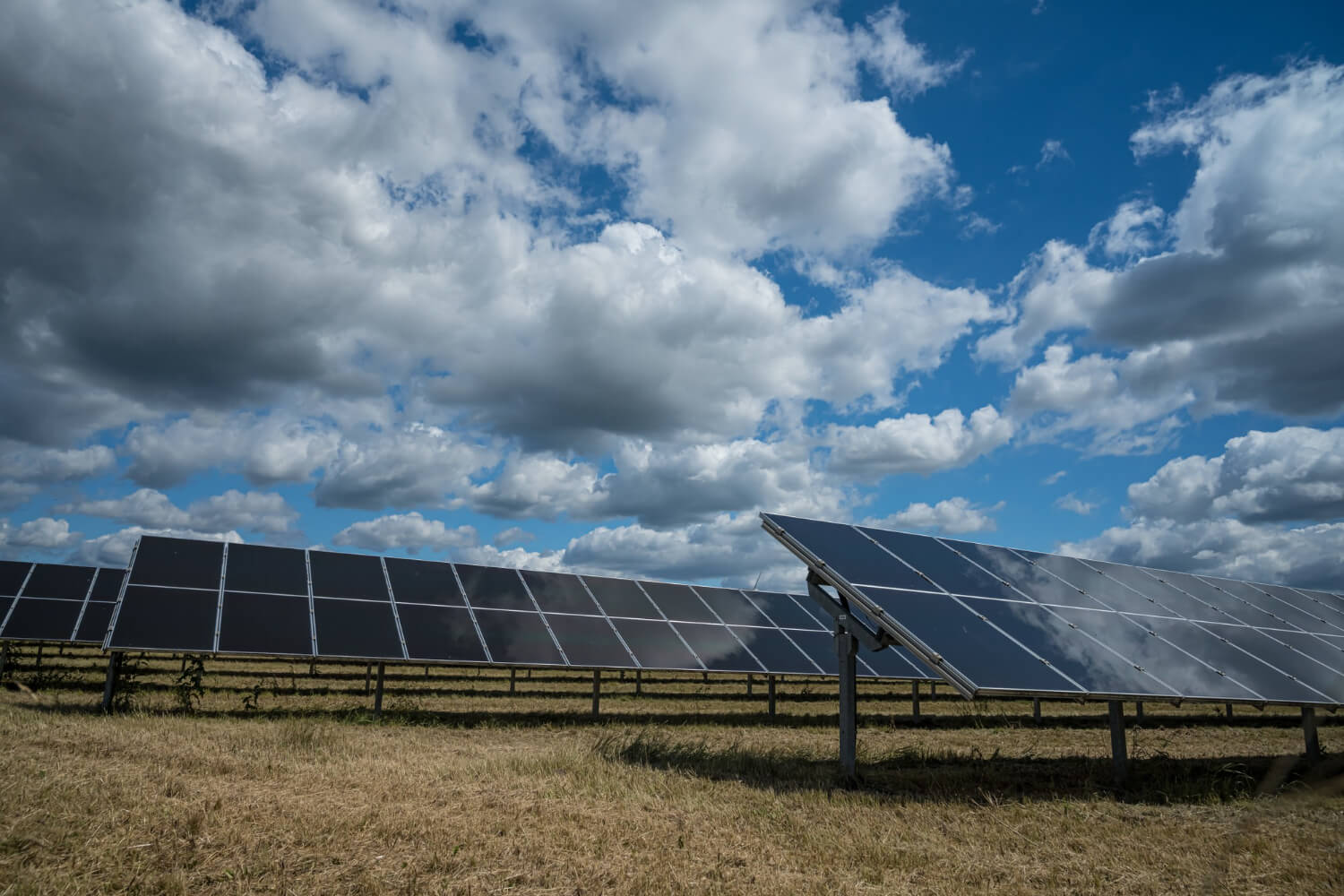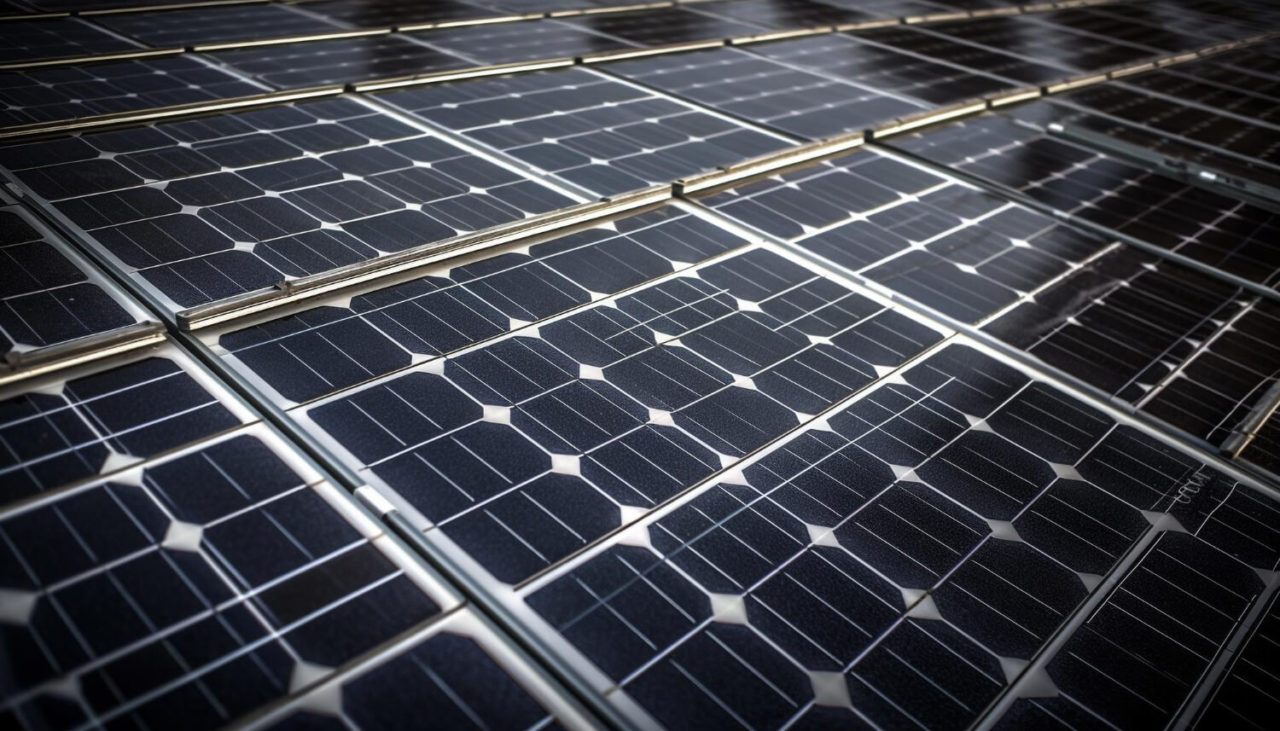
When you come across solar panels, they may simply look like a single comprehensive block, but the truth is that solar panels are made of a bevy of chemical components and materials, each crucial to the effective and efficient conversion of solar light into usable electricity.
Two materials are combined to make solar panels: silicon and silver. In reality, each solar panel is made up of numerous separate solar cells. The cells are just silicon fragments in and of themselves. Thank goodness, silicon is abundant in the environment, so environmentalists don’t have to worry about the planet running out of this vital element.
Solar energy can be absorbed by silicon in solar cells, which then transforms it into electron energy. The conductor in the solar panel is responsible for utilizing the energy produced after the electrons start to move between the silicon layers. Since nearly all of the energy produced by the sun’s rays that strike the cells may be put to use, silver is the element that is utilized in solar panels the most.

Since silicone is the most common material used in solar panel manufacturing, one may naturally wonder why. For most of the history of the solar industry, silicone has been the semiconductor material used in solar PV panels. Developers of both early and modern solar panels discovered that silicone possessed a number of great qualities that made it the ideal contender as this semiconductor material when they looked into all available materials on the periodic table:
Silicone is abundantly available and affordable as an elemental material, making it good for large-scale systems. Chemically and electronically speaking, silicone is quite easy to optimize for the photovoltaic effect that efficiently converts sunlight into electricity. Silicone is known for having a long lifespan as a component material, which increases the return on investment of solar panels.
A solar panel also has the following components:
- Glass: The top layer of a solar panel is typically made of glass, which protects the solar cells from the elements.
- Plastic: The back of a solar panel is typically made of plastic. It provides structural support and helps to keep the solar cells cool.
Original content from Greener Ideal
ALSO READ 5 MYTHS ABOUT SOLAR PANELS, DEMYSTIFIED

To discover the optimum solutions for any situation, whether on land or in the sea, Universal Kraft blends several solar energy technologies. By using decentralized solutions to minimize grid constraints, we create installations for local energy production.
Solar energy is becoming one of the most affordable and environmentally friendly energy sources in the world since it is statistically dependable, efficient, simple to install, and has a declining cost curve. We strive to create our PV installations as responsibly as we can, with the goal of blending them into the natural and social environments.
After more than 25 to 35 years, these installations ensure a steady usage of the site, and it will be quite simple to return the lands to their previous state. It is a type of installation that has little effect on the environment. Furthermore, the materials can be recycled, recovered, and used to make new solar panels or other products.




